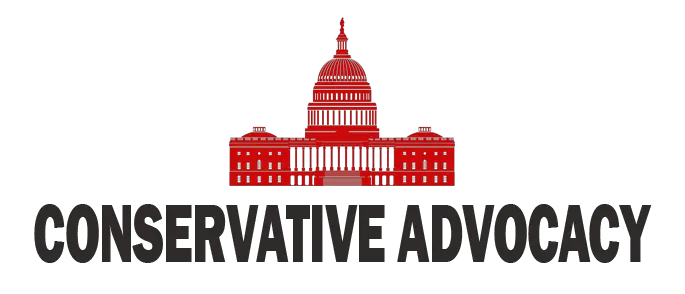The October edition of the inflation saga continues to unfold, and it seems the story is still as grim as ever, thanks to the policies that have been branded as Bidenflation. The Bureau of Labor Statistics recently unveiled its latest Consumer Price Index findings, which, while predictable, serve as a stark reminder of the impact of reckless fiscal policy. It would appear the only thing inflating faster than the costs of living is the administration’s excuse list.
In October, the Consumer Price Index inched up by 0.2%, nudging the year-over-year inflation rate to 2.6%. It’s hard to call this anything but a bumbling failure when it comes to managing the economy. Sure, analysts on Wall Street might have patted themselves on the back for guessing the increase, but that hardly warrants a celebratory parade. After all, if failing to fix inflation becomes the norm, it’s hardly a surprise when prices keep rising alarmingly.
Digging deeper, excluding the volatile food and energy sectors, the core CPI rose by 0.3%, setting its annual rate at a chilling 3.3%. While the maestros of monetary policy may have predicted this, it underscores an ongoing trend that continues to gnaw at the financial health of middle-class Americans. The notion that inflation is merely an economic puzzle misses the forest for the trees; it is a painfully practical issue affecting households struggling to get by.
Looking more closely at the details, energy prices held steady in October—a rare bright spot amidst the general malaise—while food costs continue to creep up. Energy prices may be down year-over-year by a modest 4.9%, but plenty of Americans know that any gains can be easily erased when they hit the grocery store. Higher energy prices inevitably ripple through the entire economy, impacting everything from the transportation of goods to the cost of basic necessities. Let’s not forget, Americans are still feeling the squeeze from energy policies that have favored green fantasies over practical, affordable solutions.
October Bidenflation Numbers Are in, and They're Still Not Good https://t.co/gykfxPpHIf
— Ward Clark (@TheGreatLander) November 13, 2024
Housing and transportation costs are proving to be the double-whammy that every household dreads. Shelter prices surged by 0.4% just in October alone, marking an annual increase of 4.9%—a hefty burden on household budgets that cannot be shrugged off. For families trying to make ends meet, the skyrocketing costs of homes and vehicles are not simply numbers on a chart; they represent genuine hardship that could easily push those of lesser means over the edge. As the Biden administration clings to its eco-centric policies, the working class feels the crunch of inflated costs adopted under the misguided idea that a handful of political directives can drastically reshape the economy overnight.
With a new administration on the horizon, there remains cautious optimism that a change in direction could be on the way. Yet, anyone familiar with economic policy knows that fundamental shifts take time to materialize, particularly in an economy as vast and complex as that of the United States. The immediate future might still swing under the banner of Bidenflation, but with a change in leadership comes the hope that prudent, responsible monetary policies could redirect the economic ship on a more favorable course, perhaps returning fiscal restraint to the forefront of political discourse rather than reckless spending sprees.




